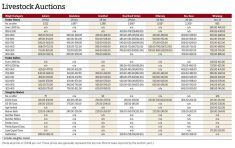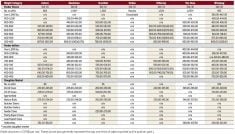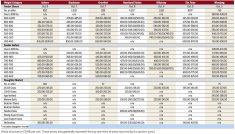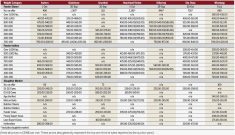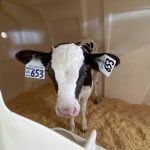Something special happened at the auction at Winnipeg Livestock Sales on Dec. 3, in that a calf was sold over and over 11 times in a span of about 15 minutes. Heidi Braun, the original owner of the calf, brought it to auction as a fundraiser for the CancerCare Manitoba Foundation.
For the last six years, 13-year-old Braun has been a patient at the pediatric cancer department. With the COVID-19 pandemic still an issue, she sought an alternative this year to fundraise for CancerCare Manitoba.
“I got a call from Heidi’s dad Mark asking if we would be willing to sell her calf as a fundraising type of thing,” said Scott Anderson, a field rep for Winnipeg Livestock Sales.
Read Also
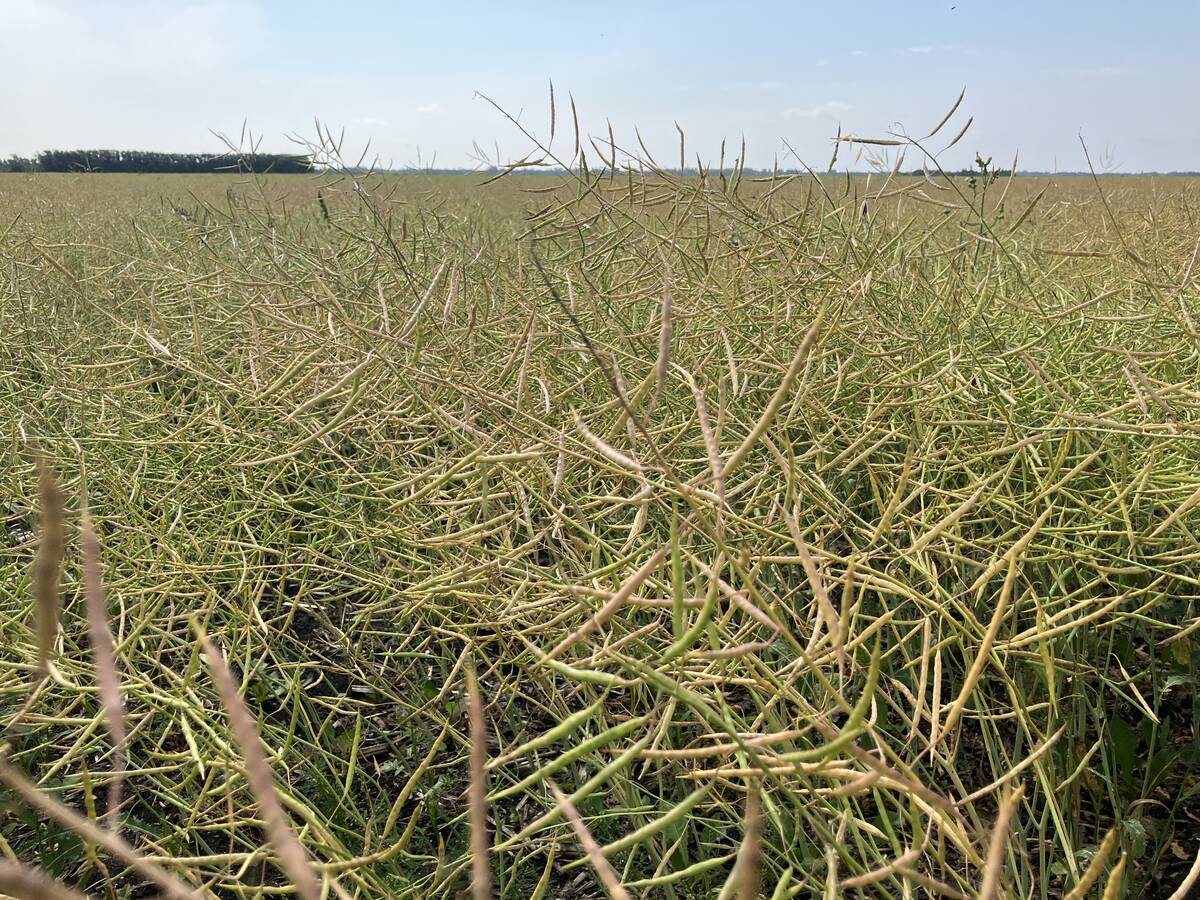
Canola trade watchful during harvest intermission
The flow of speculative money, reacting to whatever world news is available, can be expected to steer grain and oilseed futures in this stretch between Northern and Southern Hemisphere harvests, Phil Franz-Warkentin writes.
During the sale “things took off” as local buyers, order buyers and dealers pushed up the price and bought the calf repeatedly. One buyer purchased it initially for $9,000 and put it back into the sale, only to buy it again later on for $3,000, Anderson explained.
“Out of the $40,000 we managed to raise, $12,000 came from one buyer,” he said.
As for the rest of the sale, Anderson noted there were still good numbers of cattle coming in.
“Next week it will be definitely a little quieter. It will be a cleanup for a lot of auction marts,” he said.
With Christmas not far off, business will be winding down with most of Manitoba’s cattle auctions as they host their final sales of the year. Killarney will wrap up 2021 with its sale on Dec. 13, followed by Brandon and Gladstone on Dec. 14, then Ashern Dec. 15, Ste. Rose Dec. 16 and Winnipeg Dec. 17. Grunthal is scheduled to go two more weeks, with its last auction of the year on Dec. 21. Auctions will resume in January.
As for prices, Anderson said they have been fairly steady during this year’s fall run.
“One week you might get steers a little higher or a certain class of heifers. Most of that depends on local guys coming to the market,” he explained, noting that a single purchaser can “make things a little peppier.”
“If one guy buys 100 steers, in that weight (class) he’s buying, those cattle will be higher,” Anderson added.
With the fall run set to wind down, he said some of the calves at auction “are getting a little bit of weather on them.”
“Anything that doesn’t look quite up to snuff, the cattle look stale or something, those are the cattle that will get (less),” he said.
Exorbitant prices to feed livestock aren’t helping either, with hay bales going for $100 to $150 each, as well as higher prices for feed grains, Anderson added, noting those feed prices “take the fun out” of cattle ranching.




